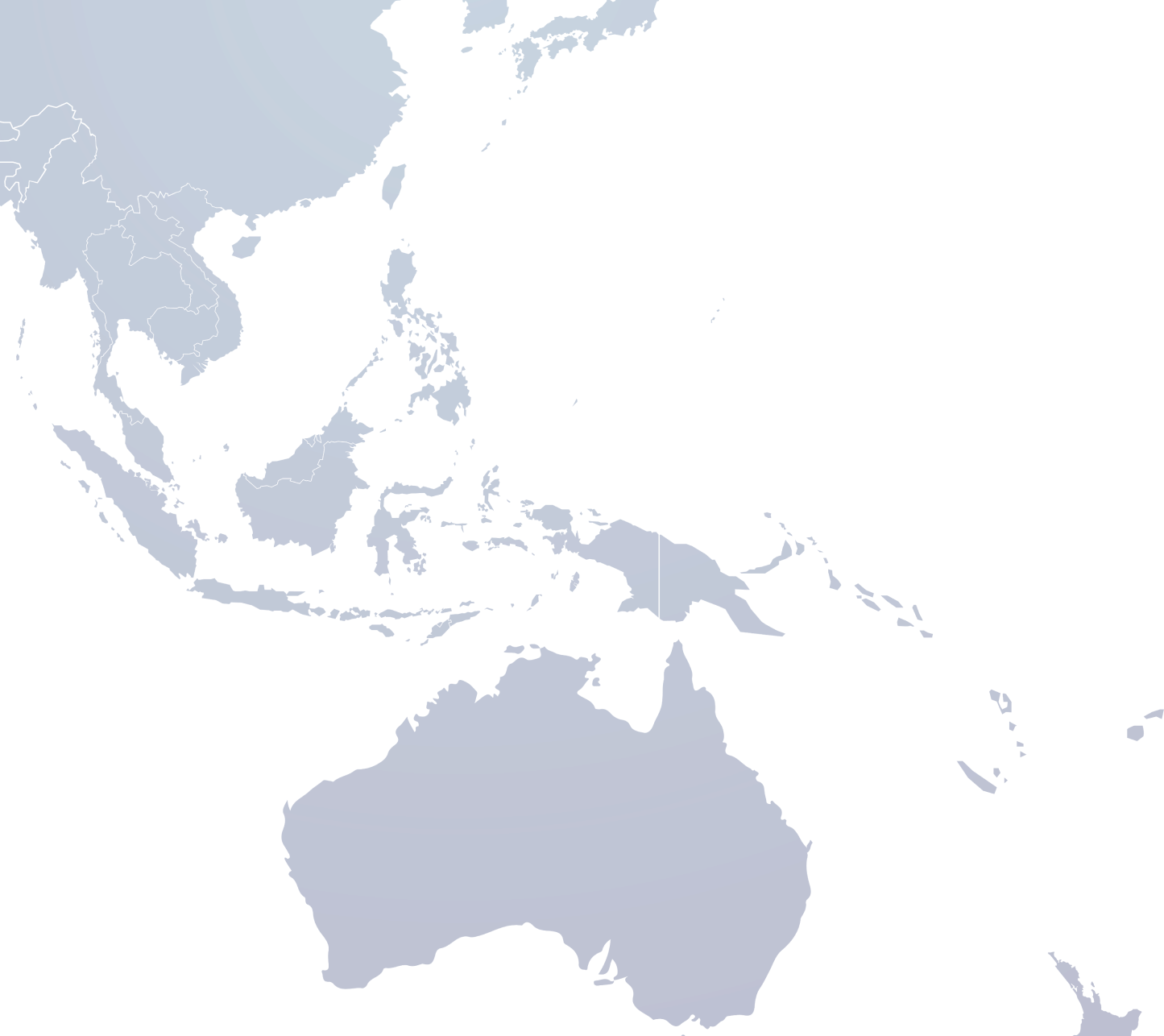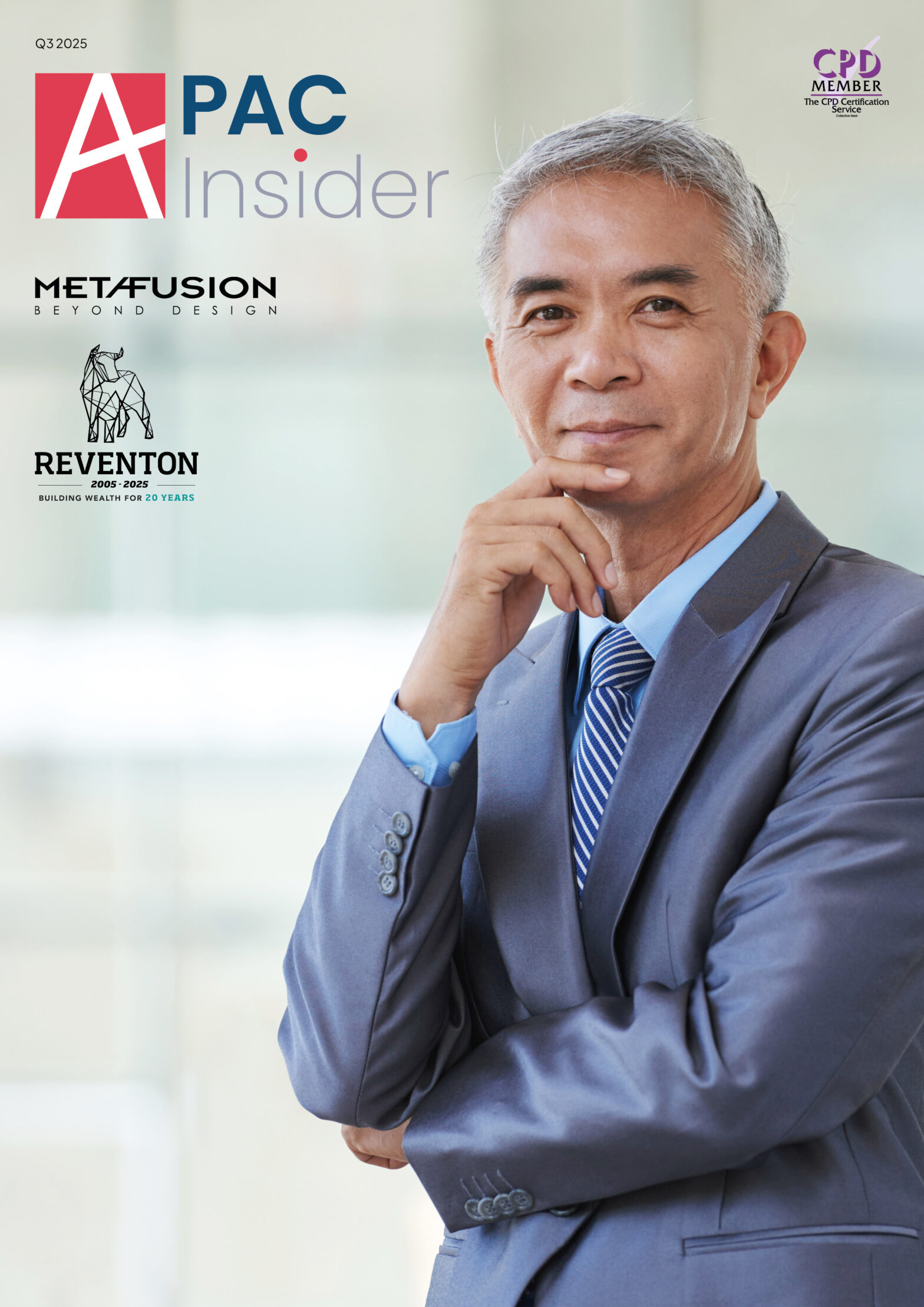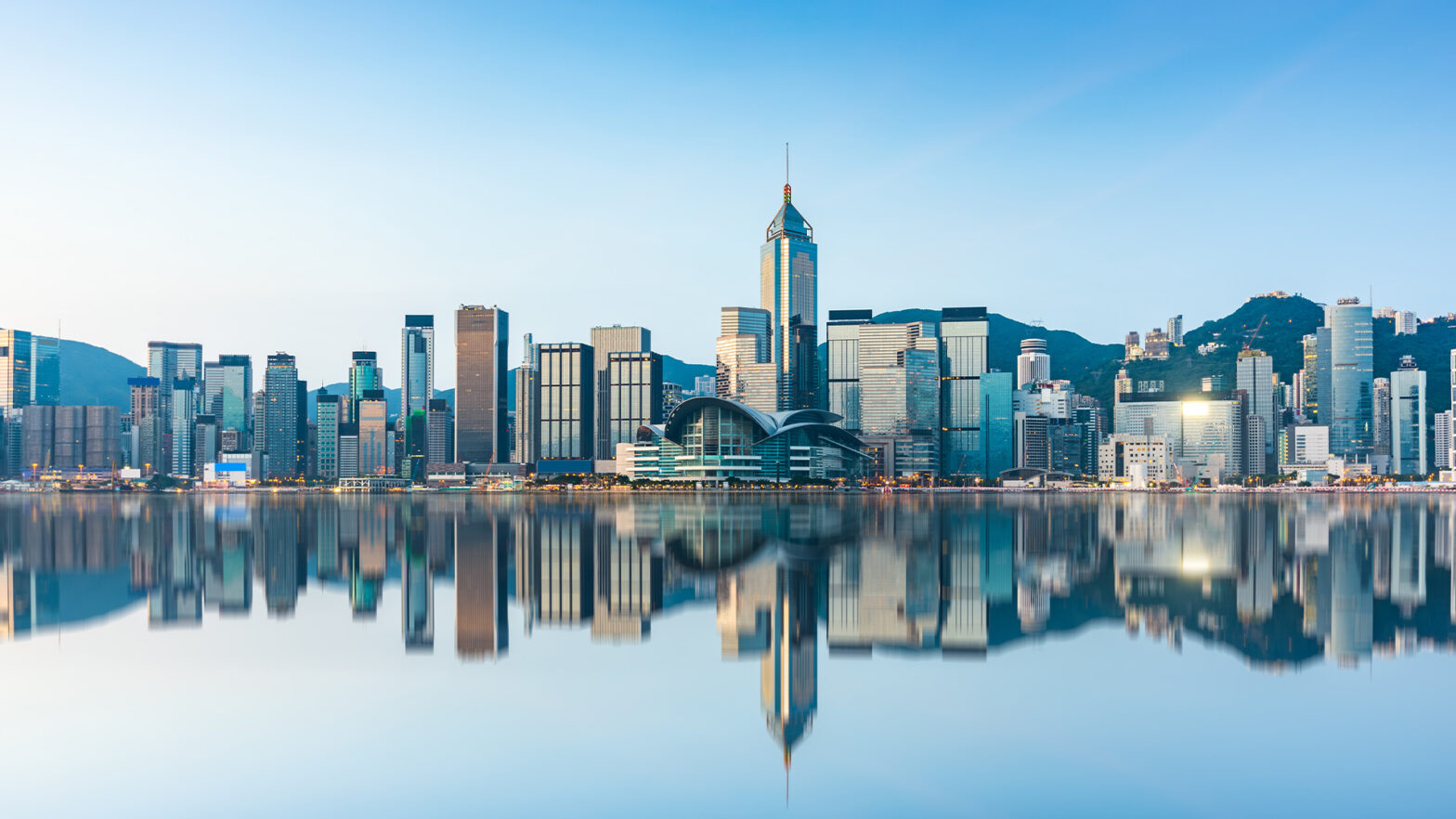Delving into the intricate landscape of Canada’s refugee resettlement program, this comprehensive guide focuses specifically on individuals from Asia Pacific countries. It maintains a formal and informative tone that serves as an authoritative resource for those seeking insight into various facets of Canada’s refugee resettlement program.
Canada’s Commitment to Refugee Resettlement
For extending a compassionate embrace to individuals fleeing persecution, conflict, or life-threatening circumstances: Canada has long held a distinguished reputation. The nation’s approach to refugee resettlement–rooted in humanitarian principles and underscored by fairness–believes fervently in the positive contributions refugees can impart upon Canadian society.
The Role of the United Nations High Commissioner for Refugees (UNHCR)
Playing a pivotal role in the identification and recommendation of refugees for resettlement within Canada is the United Nations High Commissioner for Refugees (UNHCR); this organization collaborates intimately with Canada–as well as other nations. Its main objective: to identify those facing imminent risks within their current host countries, thereby facilitating their relocation to safety in Canada.
Government-Assisted Refugees (GARs) and Privately Sponsored Refugees (PSRs)
Two distinct categories exist within Canada’s refugee resettlement program framework: Government-Assisted Refugees (GARs) and Privately Sponsored Refugees (PSRs).
The UNHCR identifies and refers Government-Assisted Refugees (GARs) for resettlement; during their initial period of adjustment, the Canadian government not only extends financial support but also provides essential services–housing, sustenance, general assistance included.
Private individuals, community groups, or organizations within Canada sponsor Privately Sponsored Refugees (PSRs). These sponsors provide refugees with financial, emotional, and integration support; they frequently utilize pre-existing familial or community connections in their efforts. It is advisable for individuals from Asia Pacific countries who are considering this journey to consult an immigration lawyer. In navigating the complex policies and procedures of Canada’s refugee resettlement program, these legal professionals play an instrumental role. They guide refugees through security screenings, visa applications–ultimately leading them on a path towards permanent residency.
The Refugee Resettlement Process
The refugee resettlement process in Canada encompasses several pivotal stages:
1. Identification and Referral: Either the UNHCR or Canadian sponsors identify and refer refugees in need, based on their urgent requirement for resettlement.
2. Security and Health Checks: We conduct stringent security and health checks, ensuring the safety and well-being of refugees.
3. Visa Applications: Refugees, who have received approval for resettlement from countries in the Asia Pacific region, actively initiate their visa applications as a means to facilitate their journey towards Canada.
4. Travel Arrangements: Proactively, Canada coordinates travel arrangements—ensuring not only a seamless transition for refugees but also their safety and convenience; indeed, this exemplifies the nation’s commitment to humanitarian efforts.
5. Welcome Arrangements: Upon arrival, either government-assisted refugee organizations or private sponsors warmly welcome the refugees; this initial reception is part of what we term ‘Welcoming Arrangements’.
6. Settlement Services: We extend comprehensive settlement services to refugees, which encompass housing assistance, language instruction; furthermore, we ensure their access to healthcare.
7. Permanent Residency: After a specific period, refugees qualify for the opportunity to pursue permanent residency in Canada; this option provides them with an essential sense of stability and permanence.
Challenges and Considerations
Canada’s refugee resettlement program, renowned for its success and steadfast dedication to humanitarian values, does face a multitude of challenges.
Canada faces limitations on its annual intake of refugees, making it impossible to accommodate all those seeking refuge. Refugees, as they embark on their resettlement journey, often face critical integration challenges—primarily adapting to an unfamiliar language and culture.
Many refugees from Asia Pacific countries may have encountered traumatic events, requiring comprehensive support for their mental health. The pursuit of economic self-sufficiency through employment might pose certain challenges; however, Canada extends resources to ease this transition–a pathway laden with opportunities for growth and independence.
Canadians may hold varied public perceptions about refugees, occasionally marked by misconceptions and prejudices. Such biases necessitate active efforts to confront them directly; indeed, it is imperative not only to address these issues but also dispel any unfounded bias in the process.
The bedrock of Canada’s immigration system firmly roots in refugee resettlement, a commitment to humanitarian ideals and global obligations driving it. Individuals contemplating this profound journey from Asia Pacific countries must have an indispensable understanding of GARs and PSRs. Quotas, integration challenges, mental health issues and public perceptions form formidable obstacles; however – despite these hurdles – Canada steadfastly commits itself to providing refuge as well as a fresh start for those fleeing persecution or violence. This unwavering dedication epitomizes a nation founded on principles of compassion, inclusivity, and multiculturalism.




























